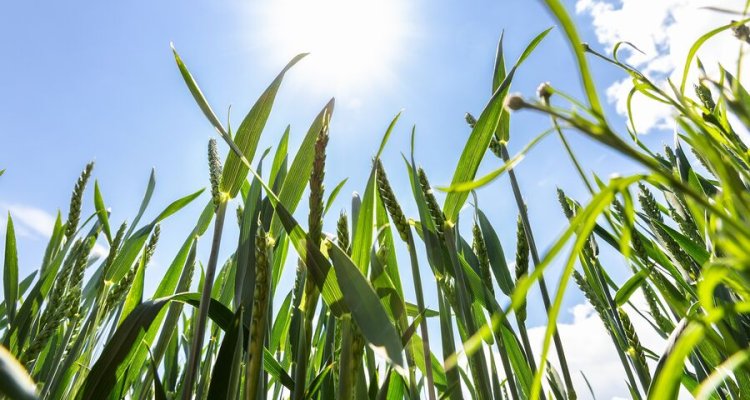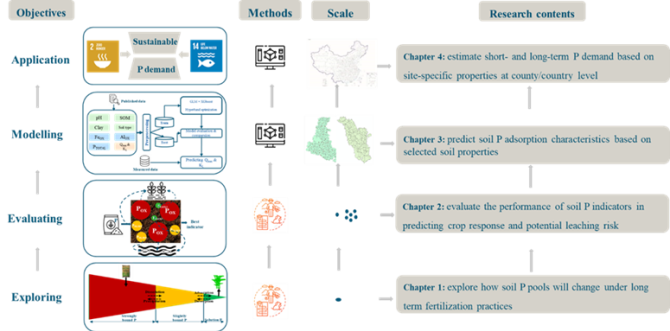
Project
Combined field and model-based approaches for large scale sustainable phosphorus management
An appropriate sustainable P fertilization strategy, ensuring enough l P supply for plant growth while avoiding environmental risk due to elevated P losses to surface waters is important for both farmers and society. This project contributes to enhanced understanding how crop P uptake is controlled by soil P pools, P inputs and soil properties affecting P buffering processes. Results of the response of soil P pools to P inputs and their supply potential to crops will be used to illustrate how sustainable P management in agriculture can be achieve at local and regional scale.
Introduction
Use of phosphorus (P) fertilizer in excess of crop P demand has caused significant P accumulation in agricultural soils, with a related increase in soil P fertility but also an enhanced risk for P leaching and P runoff to surface water. Sustainable P management, which aims to grow crops without P limitation while avoiding exceedance of critical P losses by runoff to surface water, is crucial to achieve food security while avoiding eutrophication of freshwater and coastal seas. Sustainable P management can be based on the “Build-up or mining and Maintenance” approach, implying that P application should be less, equal or higher than P withdrawal in harvested crops when available soil P levels are respectively above, equal or lower than critical soil P test levels for crop yield. However, traditional soil P tests do not fully reflect the pool of P that is available for crop uptake and the pools vary from high to (very) low accessibility. Moreover, single soil P tests do not reflect soil P buffer capacity (PBC). Information on the PBC is especially relevant to predict long-term effects of P additions on soil P dynamics and distribution, which in turn affect soil P supply to crops and P fertilizer demand
Objectives
This project aims to:
- Explore the relationship between phosphorus (P) inputs, changes in reactive and dissolved soil P pools, and plant P uptake
- Examine the link between soil P sorption parameters and soil characteristics
- Quantify spatially explicit sustainable P management strategies at county level in China.
Methods
Methods include a combination of field experiments, literature reviews, empirical modeling, machine learning and process-based large scale modelling
- Long-term field experiments are utilized to explore the relationship between phosphorus (P) inputs, changes in reactive and dissolved soil P pools, and plant P uptake.
- Results of laboratory experiments published in literature are used to assess the link between soil P buffer capacity and P affinity constants and soil characteristics through statistical and machine learning models
- A simple process based modeling approach is used to quantify spatially explicit sustainable P management strategies, bringing the soil P status to an adequate level, illustrated for the Quzhou and Qiyang counties in China.

(Expected) results
Expected results include
- Quantification of the changes in different soil phosphorus (P) pools and crop P uptake under long-term P input
- Evaluation of the P saturation degree as a soil P indicator for both crop yield and P leaching risk
- Maps of the soil P sorption capacity and P sorption affinity of Chinese soils (county level )
- Define target P inputs at the county level based on soil P sorption characteristics at the county level to bring soils to target P levels to maximize crop yield and minimize leaching risk
Publications
Responses of total, reactive and dissolved phosphorus pools and crop yields to long-term fertilization. https://www.sciencedirect.com/science/article/pii/S0167880923003171